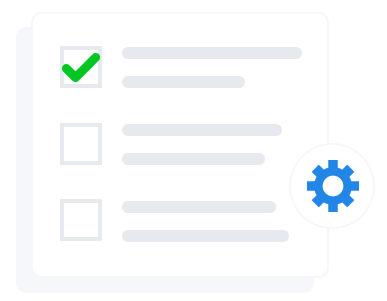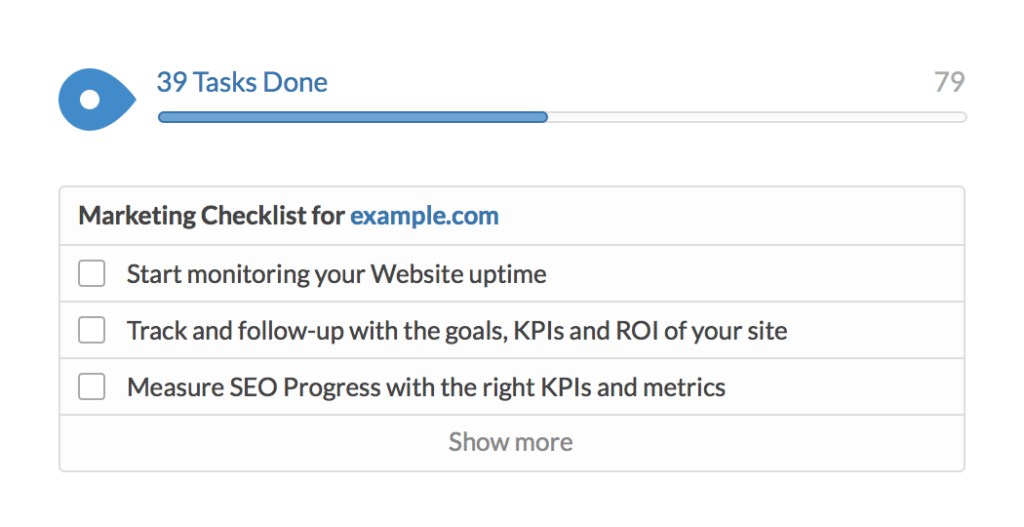Are you looking to sell your product online but not sure how to get started? Or, are you on a budget and need to get started quickly?
Enter WooCommerce – a free ecommerce plugin for WordPress, one of the most popular and robust Content Management Systems available today. With almost 4 million downloads to date, WooCommerce is the now the fastest growing ecommerce platform in the world.
For reference, here are the top 10 ecommerce technologies and their market share:

Out of the box, WooCommerce has a ton of functionality:
- Shipping options
- Product and inventory management
- Tax settings
- Marketing – discounts, free shipping, etc.
- Some payment options
- Robust reporting
And for virtually everything other ecommerce need there is a wide selection of extensions that can be downloaded. For example, payment gateways or shipping extensions can extend the functionality of your store. For more ideas, do a quick Google search for WooCommerce extensions.From subscriptions to dropshipping, learn more about they types of woocommerce stores you can create.
With an intuitive user interface, the variety of themes available, and the mountain of documentation and tutorials available, WooCommerce is a great option for online stores.
We’ve combined and organized some of our client instructions to share. Below we will discuss the basics to getting started with WooCommerce including configuring your initial settings.
Getting Started
Install the WooCommerce plugin through your WordPress dashboard, or download here and upload the ZIP file to your website. Then, activate the plugin. Note: if you are using a theme you will want to ensure it is WooCommerce compatible. You can check out some here.
Activating the WooCommerce plugin will add two new menus to the WordPress dashboard: WooCommerce and Products.
In this post we will cover the basic WooCommerce settings. Navigate to the WooCommerce menu and then click Settings. Here there are 7 different tabs to change the settings.
General
The general tab allows you to set your base location and also what currency you will be accepting. Will you be shipping internationally? Make sure to set what countries you will be selling to here. For example, if you only would like to sell and ship within the United States select ‘Specific Countries’ for ‘Allowed Countries’ and then ‘United States’ under ‘Specific Countries’. You can also change some of the front-end styles here.

Products
The products tab allows you to how products are displayed, product data, and image options. Here it is important to define what your products weight and dimension unit will be (ex: pounds and inches). Other options include:
- Redirect to cart page after a customer adds a product to their cart
- Enable ratings
- Image sizes: catalog images, single products, and thumbnails

The products tab also includes inventory options, which allows you to enable or disable stock management. Be sure to enable stock management if your product can go out of stock. Enabling stock management allows you to also receive low stock or out of stock notifications to your email. Here you will also have the option to hide out of stock items on your website or show/hide stock amount on the front-end.

Tax
The tax tab allows you to enable and configure tax settings if required. Setup your default standard rate based on your stores base location and state law.

Checkout
The checkout tab allows you to define what payment options your customers will have. By default, WooCommerce includes CCNow, BACS, Cheque, Cash on Delivery, Mijireh Checkout, and Paypal. Again, there are a variety of payment gateway extensions available based on your credit card processor.
Note: it is recommended to Force Secure Checkout (option 3) – an SSL certificate is required.

Shipping
The shipping tab allows you to define your store’s shipping options. Out of the box, WooCommerce includes Free Shipping, Flat Rate, International Delivery, Local Delivery, and Local Pickup options, which can all be enabled or disabled. As mentioned before, there are a variety of extensions to extend the functionality of your store, including UPS/FedEx/USPS shipping options.
Here you can enable the shipping calculator on the cart page or hide shipping costs until your customer enters their address.

For the free shipping option you can decide when a customer gets free shipping. In the example below, customers who spend a minimum of $100 are eligible for free shipping.

For flat rate you can define the cost per order and even additional costs based on item, class, or even shipping class.. In the example below, customers pay a flat rate fee of $5.99 per order.

The international delivery settings allow you to specify specific countries that you ship to and additional costs per order/item/class. You can also add handling fees for international delivery.

The local delivery options allow you to specify what zip codes are eligible for this option as well as the fee you would like to charge for local delivery. In the example below, customers are charged $2.00 if they live in the 60504 or 60563 area code.

Similarly, the local pickup options allow you to specify what zip codes are eligible for this option as well as the fee you would like to charge for this option. In the example below, customers are eligible for local pickup if they live in the 60502 area code.

Accounts
The accounts tab controls the pages associated with your customer’s accounts. By default, these pages are created upon installation of WooCommerce. However, they can be changed/customized based on your needs. Here you can also set customer registration options.

Emails
The emails tab allows you to configure and customize your outgoing/automated emails to customers. First, define your from name and email address.
You have some color styling and text options for the default email template, which can be fully customized if desired with some programming knowledge.
WooCommerce emails include: New Order, Processing Order, Completed Order, Customer Invoice, Customer Note, Reset Password, New Account.
The new order email for example you should setup to send to yourself to notify of a new order. Another example, the Processing Order email automatically sends to your customer after their order if enabled.
You can enable/disable each of these automated emails based on your preferences.

With your WooCommerce store properly configured, you are ready to start adding your products! Check out: Adding Products in WooCommerce.
Or to take WooCommerce for a test drive, check out a live demo here.
Do you need help setting up your WooCommerce store? Modern Marketing Partners has helped many ecommerce business owners launch an online store. Contact us today for a free quote at 630-868-5061 or email us here.


